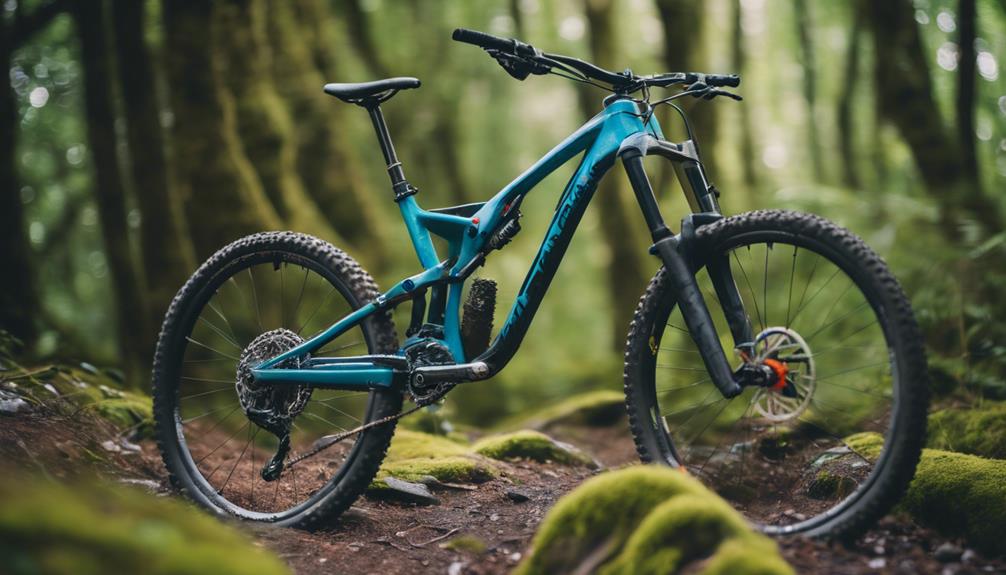Bicycles have been a favored mode of transport and recreation for decades. One of the key components that make cycling efficient and enjoyable is the gear system. Understanding how bicycle gears work is essential for both new and experienced cyclists. In this guide, we will delve into the mechanics of bicycle gears, their importance, and how they enhance your riding experience.
What Are Bicycle Gears?
Bicycle gears are mechanical systems that help a cyclist adjust the amount of effort needed to pedal. They alter the bike’s gear ratio, allowing the rider to maintain a comfortable cadence regardless of the terrain. Essentially, the gear system consists of a combination of chainrings (front gears) and sprockets (rear gears), which work together to provide different levels of resistance. Understanding how these gears function can significantly improve your cycling efficiency and enjoyment.
How Do Bicycle Gears Work?
The mechanics of bicycle gears rely on physics principles, especially the concept of gear ratios. When you change gears, you are essentially changing the ratio of the size of the front chainring to the rear sprocket. For instance, if you shift to a larger front chainring or a smaller rear sprocket, you increase the gear ratio, which makes it harder to pedal but allows for higher speeds. Conversely, shifting to a smaller front chainring or a larger rear sprocket decreases the gear ratio, making it easier to pedal, especially on steep inclines. This ability to change gear ratios allows cyclists to adapt to different terrains and manage their energy effectively.
The Importance of Gear Ratios
Understanding gear ratios is crucial for optimizing performance while cycling. Different terrains require different gear ratios for maximum efficiency. For example, when climbing steep hills, a lower gear ratio (which is easier to pedal) helps maintain momentum without exhausting the rider. On the other hand, when cycling on flat terrain, a higher gear ratio allows for increased speed with less effort. By learning how to shift gears appropriately, cyclists can enhance their endurance and speed, making every ride more enjoyable.
Types of Bicycle Gears
Bicycles come equipped with various types of gear systems, including single-speed, multi-speed, and internally geared hubs. Single-speed bikes have no gears, making them simple and low-maintenance but limiting their versatility. Multi-speed bikes, which can feature derailleurs or internally geared hubs, offer a wide range of gears, allowing for adjustments in both flat and hilly terrains. Understanding the different types of bicycle gears available and their functionalities can help you choose the right bike for your cycling needs.
How to Shift Gears Effectively
Proper gear shifting is essential for maintaining a smooth and efficient ride. When shifting gears, it’s important to ease off the pedals slightly to reduce tension on the chain and prevent damage to the drivetrain. Additionally, it’s advisable to shift gears before you reach a steep incline or challenging terrain, allowing you to maintain a consistent cadence. Practice makes perfect, and understanding how to shift gears effectively will help you navigate your rides with ease.
Common Gear-Related Issues
Like any mechanical system, bicycle gears can experience problems. Some common issues include skipping gears, chain slips, and misalignment. Skipping gears often occurs when the derailleur is out of adjustment or if the chain is worn out. If your bike is experiencing issues, it’s crucial to conduct regular maintenance and check the gear system for any problems. Learning how to troubleshoot these issues can save you time and enhance your cycling experience.
Conclusion: Mastering Bicycle Gears for Better Rides
In conclusion, understanding how bicycle gears work is essential for any cyclist looking to improve their riding experience. By knowing how to effectively use gear ratios, shift gears, and troubleshoot common issues, you can enhance your performance on any terrain. Whether you’re a casual rider or a serious cyclist, mastering your bicycle’s gear system can make all the difference in your cycling journey. So, gear up and enjoy the ride!
